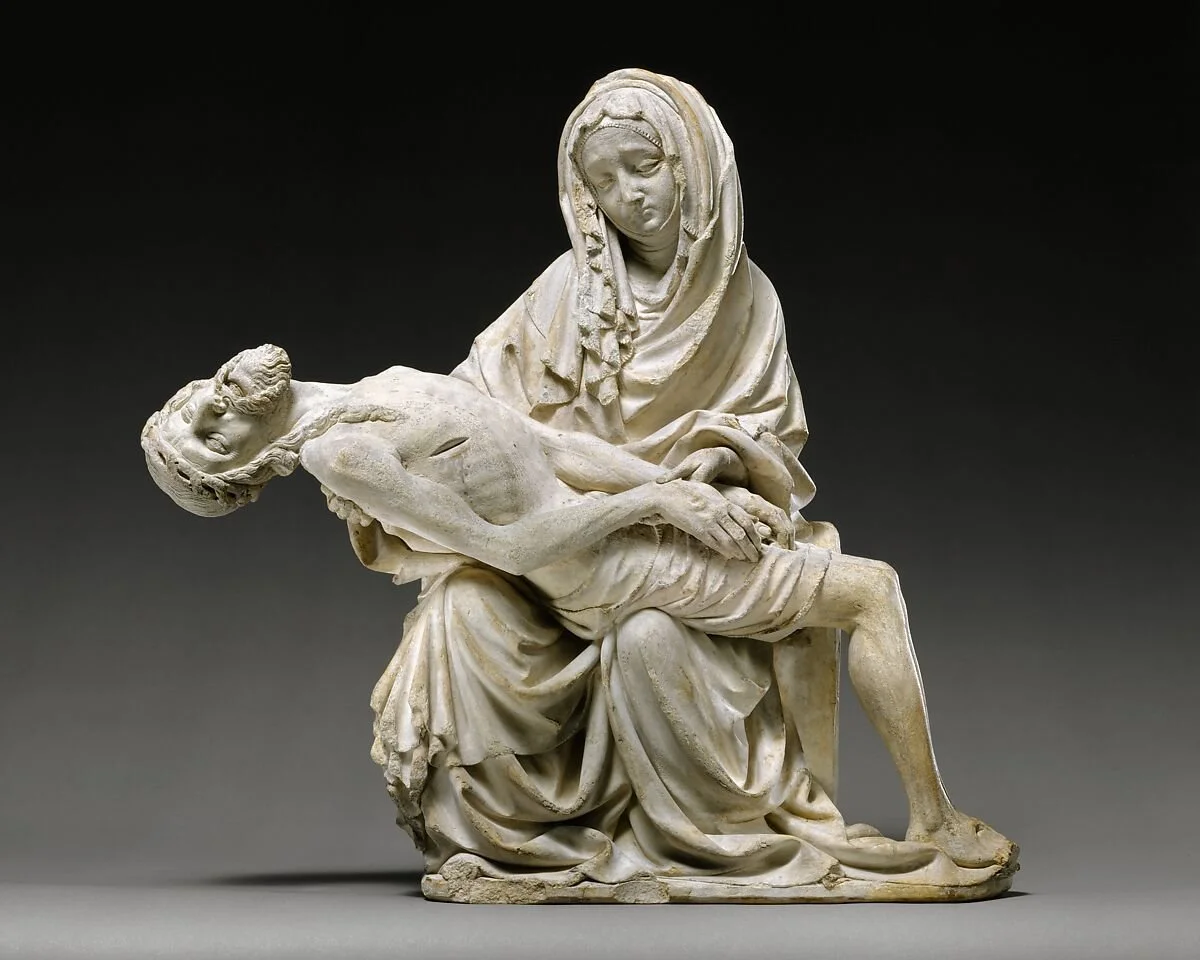Styles We Work In
-
![]()
Ancient
4,000 BCE—400 CE: Ancient sculptures include large ancient Egyptian statues like the Great Sphinx of Giza and sunken relief sculptures carved into stone—many of which featured Egyptian gods. Art historians delineate ancient Greek sculptures into three periods: Archaic, Classical, and Hellenistic. As ancient Greece developed through the centuries, Greek sculptures transformed from early rigid works to extremely sophisticated artworks.
-
![]()
Medieval
400—1400s: After the fall of the Roman empire, sculptors across Europe created predominantly religious artworks. During the Dark Ages, the Catholic Church gained power and influence, commissioning sculptures featuring Christian iconography. Near the end of the Medieval period, the Gothic style became popular with Italian artists like Giotto and Duccio, who created Gothic sculptures for cathedrals and abbeys.
-
![]()
Renaissance
1400–1600s: During the Renaissance in Europe, sculptors created classical works made from bronze and marble. The most well-known sculptor of this period is Michelangelo, whose marble sculptures changed the course of art history. His iconic freestanding sculpture David (1501–1504) still stands in Florence today. Another of his marble sculptures, Pietà (1498–1499), depicts the Virgin Mary holding the body of Jesus.
-
![]()
Baroque, Rococo, and Romantic
1600–1850s: During these periods, sculptures became even more ornate, elegant, and often erotic. The subject matter of these sculptures moved away from the religious and toward the individual, characterized by artworks like Claude Michel’s terracotta sculpture The Intoxication of Wine (1780–1790).
Materials We Use
-
![]()
Statuario Michelangelo White Marble
Extracted from quarries in Carrara, Italy, it boasts a snow-white background ideal for sculpture. Its fine grain allows a brilliant shine after polishing. With delicate grey and golden veining, it adds uniqueness and elegance to both interior and exterior design projects.
-
![]()
Bianco Carrara Venato White Marble
Sourced from the renowned quarries in Carrara, Italy, it boasts a distinctive and sophisticated aesthetic. Its predominantly white to light grey background is adorned with striking, bold grey veining. These pronounced and dramatic veining patterns set it apart from other Carrara varieties, creating a captivating visual effect.
-
![]()
Bardiglio Nuvolato Marble
A prime popular marble mined in Carrara Italy. It features a dark gray to bluish-gray background with striking, wispy white or light gray veining. It exhibits a cloud-like or nebulous pattern due to the intricate veining, creating a sense of movement and depth.
-
![]()
Portoro Black Marble
A high-quality black marble. The vast crystalline black of its base is furrowed by a spectacular burst of golden veins and white effervescences.
-
![]()
Pink Onyx
Relatively rare compared to other marble and natural stones. It is created in specific geological conditions, in limited areas like Iran and Afghanistan. The specific combination of coloration and veining is less common compared to other natural stones varieties.
-
![]()
Green Onyx
With its unique color and delicate patterns, it exudes tranquility and elegance. Primarily found in Brazil, it also occurs in countries like India, Peru, Mexico, and the United States. The vibrant green hue is most common, but can range from pale green to deep emerald, occasionally featuring white or brown streaks.
-
![]()
Blue Sodalite
A transparent or translucent mineral featuring a white streak, i.e. it exhibits whitish spots and veins. When it comes to colors, the most common variety of sodalite is royal blue. In addition, the stone can exhibit various shades of yellow, pink, red, green, and gray.
-
![]()
Rouge du Roi Red Marble
Belgian Red Marble, celebrated for its intense red color, features precious white veins that form rounded knots on its surface that embellish the underlying texture. In the eighteenth and nineteenth centuries, it adorned the palaces and villas of high nobility.
-
![]()
Botticino Marble
An Italian stone with an unmistakable beige color which has been used for the creation of world-famous monuments such as the Statue of Liberty in New York, the White House in Washington D.C., and the Altare della Patria in Rome. It is a very fine-grained limestone with a slightly veined and spotted appearance.
-
![]()
French Limestone
Characterized by it's chalky, sandy, fine grained limestone texture with colors ranging from white to yellowish creams.
-
![]()
Oak Wood
Strong, hard, heavy and dense with very close grain. A durable, long-lasting wood, commonly used for furniture, joinery, flooring, paneling, decking and veneers.

















